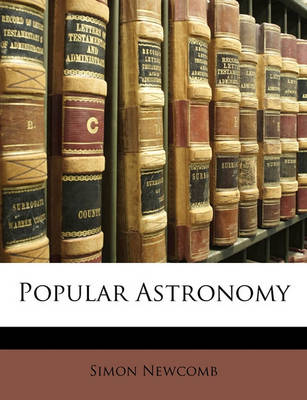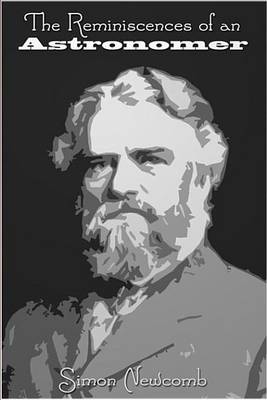Cambridge Library Collection - Astronomy
2 total works
Furnished with more than a hundred figures, maps and tables, this book was first published in 1878 by Simon Newcomb (1835-1909), a noted mathematician and professor at the United States Naval Observatory. A meticulous work, originally intended to be of use to the general reader as well as the student, it provides a view of astronomy as it stood on the eve of General Relativity, and inevitably includes some theories which have since been disproved. Newcomb outlines a brief history of astronomy, from ancient Greece (when the planets were thought to be fixed in crystal spheres), to the application of the new laws of thermodynamics and the latest observations of the solar system. Included are a rejection of the then prevalent theory that the sun has a cool interior and its own inhabitants, details of the anomaly of Mercury's orbit according to Newtonian theory, and thorough observational guides.
Simon Newcomb (1835-1903) was an astronomer and mathematician remembered for his work in recalculating the major astronomical constants to a new international standard. He was a founding member of the American Astronomical Society and became its first president in 1899. Although Newcomb's mathematical work is well known, this autobiography, first published in 1903, focuses on his achievements and work as an astronomer. In it he provides an account of his scientific research with comments on his approach, which together with his descriptions of scientific discoveries and collaborations occurring in Washington DC show the variety of scientific research being conducted in the United States in the late nineteenth century. His detailed descriptions of how telescopes were used, together with accounts of his experience of working conditions in various observatories, provide valuable insights into astronomical research methods in the late nineteenth century.

